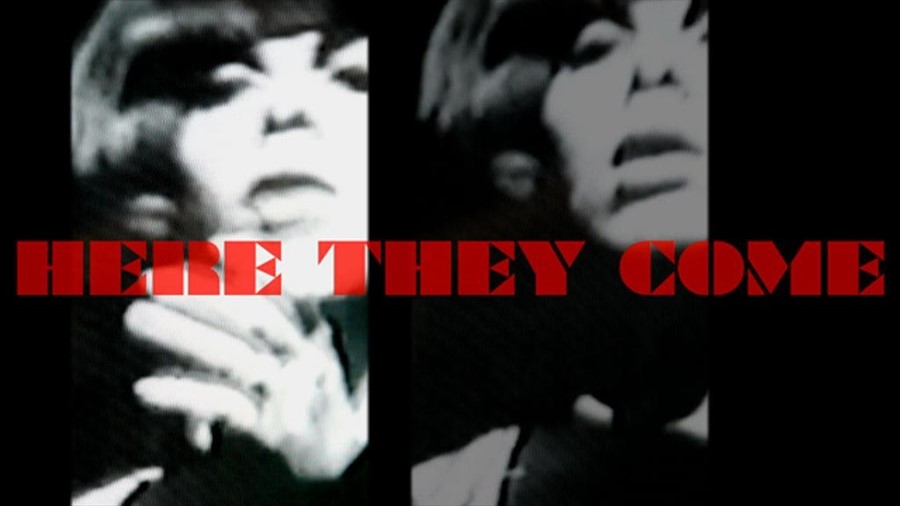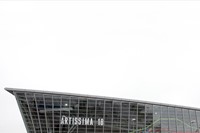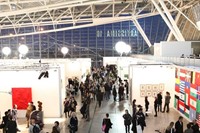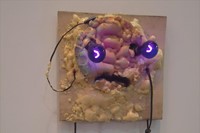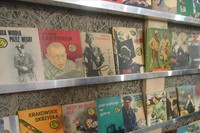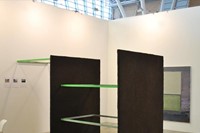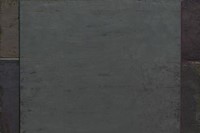If you want to take your art a bit more seriously, then Artissima is proving itself to be the fair of the year. The annual event in Turin now in its 18th year, which took place Nov 4-6, has quietly been reinventing Italy’s poor contemporary art
If you want to take your art a bit more seriously, then Artissima is proving itself to be the fair of the year. The annual event in Turin now in its 18th year, which took place Nov 4-6, has quietly been reinventing Italy’s poor contemporary art reputation. The pace of the fair is much more considered – people are actually looking at the work. Even Artissima’s adverts and beautifully designed catalogue exude intelligence. There’s much less of the party chaos that surrounds other fairs (though the opening party at the perfectly 50s Carlo Mollino designed Le Roi was a fair attempt, and everyone didn’t stop talking about places to eat of Turin).
What really stands out when perusing the stands is the selection of international galleries – chosen by a very respected jury including Casey Kaplan, Isabella Bortolozzi, Darren Flook and Gregor Podnar. The emphasis is on younger respected spaces like Ibid Projects, Tanya Leighton, Bugada & Cargnel and Chert. Italian galleries like Caterina Tognon, Galleria Raucci/Santamaria and Norma Mangione Gallery also were surprising equals.
New additions to the fair were given special much deserved attention in their own New Entries section. Galleries like On Stellar Rays, Lisa Cooley and Josh Lilley. Two stuck out this year – MOTInternational with its single artist display of Elizabeth Price’s film CHOIR (Part 1 and 2). Here a visual collage of blurred dancing girls and architectural church pews played alongside a soundtrack of girl group songs and polyphonic music. The result was mesmerising amalgam of space and emotion. Weingruell in Karlsrube, Germany in particular emerged as a space to watch, with the abstract works of Benjamin Appel. Canvases heavy with layers of muted colour pigment, each taking a year to create.
"The pace of the fair is much more considered – people are actually looking at the work. Even Artissima’s adverts and beautifully designed catalogue exude intelligence"
Unlike most fairs, the focus was not just on the new. Alongside the Present Future section which brought 16 solo presentations by emerging artist was a look to the past. Back to the future brought attention to lesser known artists from the 60s and 70s. These older artists were dotted around the fair were given new life. Pieces like Richard Kostelanetz abstract typewriter composition ‘Numbers’ (1977) where repeated digits formed an accidental compositional joy; Tomaso Binga’s beautiful alphabet card collages from 1976 which placed naked bodies on old childrens alphabets; Ketty La Rocca’s 1974 works that deconstructed photography to increasingly loose line drawings. Younger artists like Raphael Zarka at Michel Rein and Daniel Gustav Cramer at BolteLang felt more interesting in conversation with this older generation.
Like all fairs certain aesthetic themes emerge. This year is was grey and monochrome – waves of colour felt out of touch with today (blame the international economy?) Also a fascination with the holographic, even with psychedelic overtones like Pierre Huyghe’s 3D photographs of crystalline caves ‘Crystal Cave (Sleeping)’, a brilliant faced rock-like sculpture made from holographic panels at Galleria Continua by Loris Cecchini and Kosmas/Keller’s signature solar panel wall pieces.
One of the fair project exhibitions seemed to be the perfect summation for the fair. The Bookstore of Loose Assciations from Warsaw was a records cum book shop (that appeared not to be for sale) where walls, shelves, table and floors were covered in old paperbacks, magazines and records that created a 3D collage of Polish graphic design. The idea of visual associations and connections was a perfect metaphor for a fair where old and new fused into something quite special.
Text Francesca Gavin
